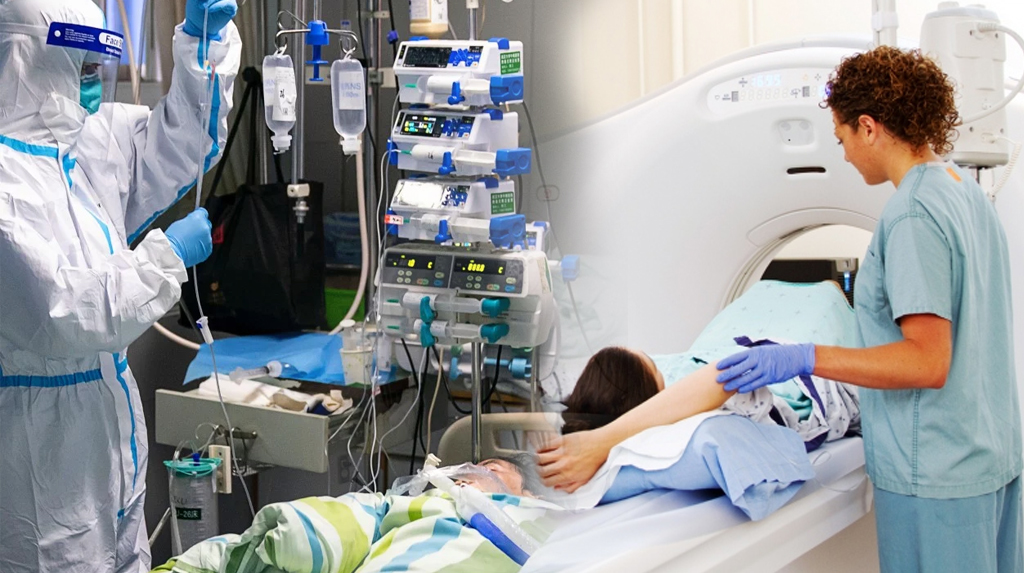New York: After doing CT scans of several patients infected by the novel coronavirus that originated in China’s Wuhan areas, doctors have found that one of the patients developed white patches in the right lower lobe of the lungs, an issue described as nodular ground-glass lesion.
The researchers believe that the imaging features, detailed in the journal Radiology, can aid in the early detection and diagnosis of Wuhan coronavirus.
“Early disease recognition is important not only for prompt implementation of treatment, but also for patient isolation and effective public health surveillance, containment and response,” said the study’s lead author, Michael Chung, Assistant Professor at the Mount Sinai Health System in New York.
In this retrospective case series, Chung and his colleagues set out to characterise the key chest CT imaging findings in a group of patients infected with 2019-nCoV in China with the goal of familiarising radiologists and clinical teams with the imaging manifestations of this new outbreak.
From January 18-27, 21 patients admitted to three hospitals in three provinces in China with confirmed 2019-nCoV infection underwent chest CT.
The 21 patients consisted of 13 men and 8 women ranging in age from 29 to 77 years, with a mean age of 51.2 years.
All patients were confirmed positive for infection via laboratory testing of respiratory secretions.
The analysis showed that 2019-nCoV typically manifests on CT with bilateral ground-glass and consolidative pulmonary opacities which causes obscuration of pulmonary vessels.
Nodular opacities, crazy-paving pattern, and a peripheral distribution of disease may be additional features helpful in early diagnosis, said the study.
The researchers also noted that lung cavitation, discrete pulmonary nodules, pleural effusions and lymphadenopathy are characteristically absent in cases of 2019-nCoV.
Follow-up imaging in seven of eight patients showed mild or moderate progression of disease as manifested by increasing extent and density of airspace opacities.
Chung cautioned that absence of abnormal CT findings upon initial examination does not rule out the presence of 2019-nCoV.
“Our patient population is unique from other published series on the Wuhan coronavirus in that three of our patients had normal initial chest CTs,” he said.
“One of these patients progressed three days later and developed a solitary nodular ground-glass lesion in the right lower lobe, indicating this pattern may represent the very first radiologically visible manifestation of disease in some patients infected with Wuhan coronavirus,” Chung added.
He said that a second patient had a normal follow-up chest CT four days after her initial normal imaging exam.
“This suggests that chest CT lacks complete sensitivity and does not have a perfect negative predictive value,” Chung said.
“We can’t rely on CT alone to fully exclude presence of the virus,” he added.
This finding may be related to the fact that infection with 2019-nCoV is characterized by an incubation period of several days, and there may be a phase where viral infection manifests with symptoms prior to visible abnormalities on CT.




